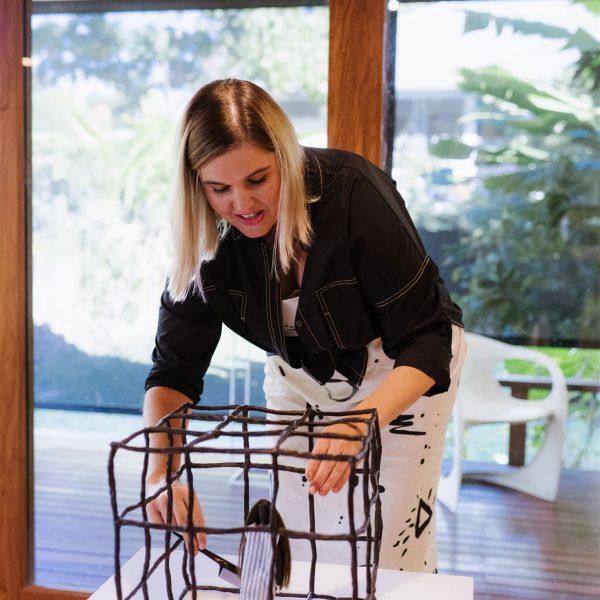Jessica Nothdurft's latest exhibition Dreams and Nightmares uses her signature faux naïf styling to explore her evocative and raw life experiences. The show centres on hyper-restrained ink drawings, bronze sculptures and paintings; battered housewives, pregnant dogs, cages and crouched forms recur in the series. The poses and graphic depictions link the characters' relationships, creating a solid narrative around the explored reality of shame.
Dreams and Nightmares is a raw, honest glimpse into the artist's method of processing life experiences and comes with a mature audience warning as it deals with themes of abuse and depicts nudity.
EXHIBITION CATALOGUE
Download the exhibition catalogue here.
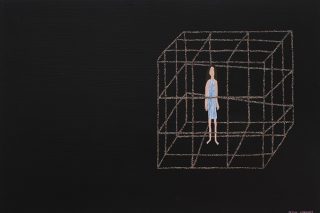 Sold
Sold
The Cage 2023
Oil on timber panel Framed in Raw Tasmanian Oak timber frame.
61 x 40.7 cm
$850 Sold
 Sold
Sold
The Lacy Kind 2023
Oil on timber panel Framed in Raw Tasmanian Oak timber frame
40 x 61 cm
$850 Sold
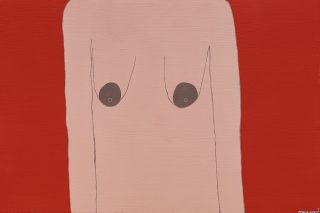 Sold
Sold
Heavy Tits 2023
Oil on timber panel Framed in Raw Tasmanian Oak timber frame
61 x 40 cm
$850 Sold
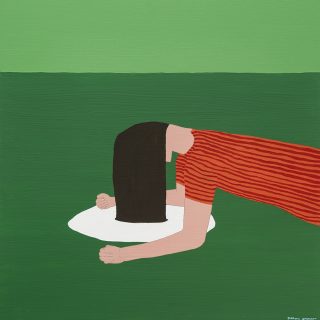 Sold
Sold
Human Milk 2023
Oil on timber panel Framed in Raw Tasmanian Oak timber frame
61 x 61 cm
$850 Sold
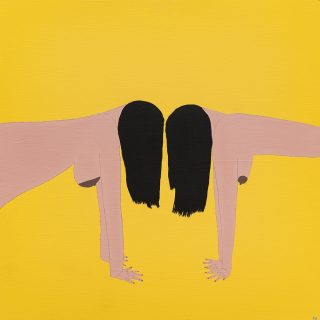 Sold
Sold
Ram Ram 2023
Oil on timber panel Framed in Raw Tasmanian Oak timber frame
61 x 61 cm
$850 Sold
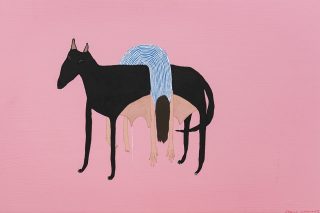 Sold
Sold
Two Bitches 2023
Oil on timber panel Framed in Raw Tasmanian Oak timber frame
61 x 40.5 cm
$850 Sold
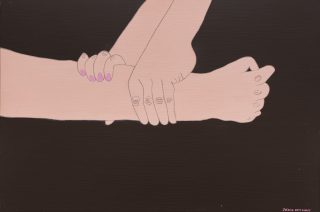 Sold
Sold
Mercy 2023
Oil on timber panel Framed in Raw Tasmanian Oak timber frame
61 x 40 cm
$850 Sold
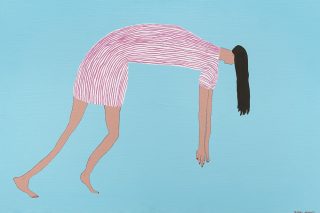 Sold
Sold
Wilted 2023
Oil on timber panel Framed in Raw Tasmanian Oak timber frame
61 x 40 cm
$850 Sold
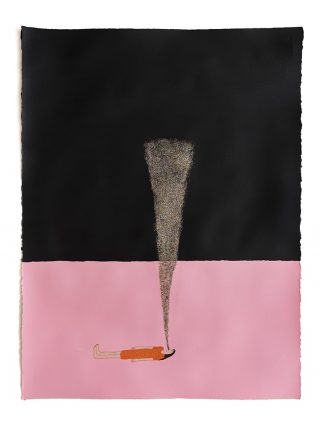 Sold
Sold
The Yucky Things 2022
Oil Paint, Synthetic Polymers paint and glitter on 300 gsm Arches Aquarelle Paper. Framed in Raw Tasmanian Oak timber frame
57 x 76 cm
Contact gallery for enquiries Sold
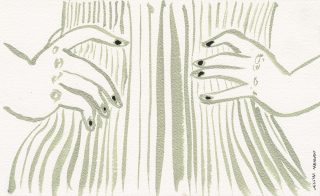
Akimbo 2023
Ink Drawing on 300 gsm Arches Aquarelle Paper. Framed in Raw Tasmanian Oak timber frame
15 x 25 cm
$500 Framed
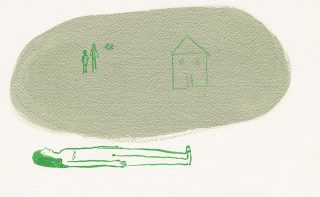 Sold
Sold
Fever Dream 2023
Ink Drawing on 300 gsm Arches Aquarelle Paper. Framed in Raw Tasmanian Oak timber frame
25 x 15 cm
$500 Sold
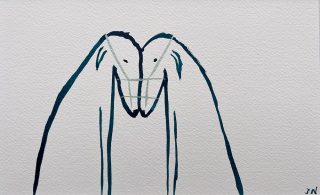 Sold
Sold
Keep Quiet 2023
Ink Drawing on 300 gsm Arches Aquarelle Paper. Framed in Raw Tasmanian Oak timber frame
15 x 25 cm
$500 Sold
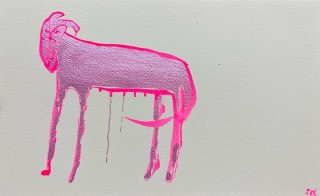
What A Pretty Girl 2023
Ink Drawing on 300 gsm Arches Aquarelle Paper. Framed in Raw Tasmanian Oak timber frame
15 x 25 cm
$500 Framed
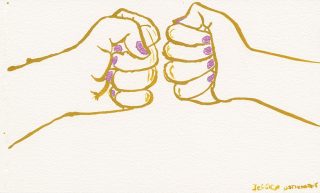
For Shit’s Sake 2023
Ink Drawing on 300 gsm Arches Aquarelle Paper. Framed in Raw Tasmanian Oak timber frame
15 x 25 cm
$500 Framed
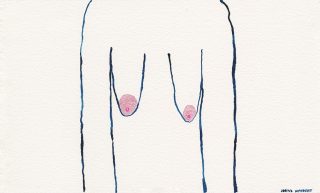
Heavy Tits (ink) 2023
Ink Drawing on 300 gsm Arches Aquarelle Paper. Framed in Raw Tasmanian Oak timber frame
15 x 25 cm
$500 Framed
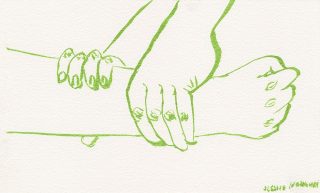 Sold
Sold
Mercy (ink) 2023
Ink Drawing on 300 gsm Arches Aquarelle Paper. Framed in Raw Tasmanian Oak timber frame
15 x 25 cm
$500 Sold
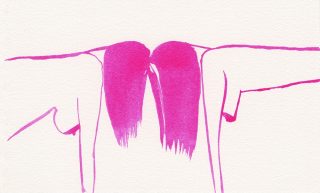 Sold
Sold
Ram Ram (ink) 2023
Ink Drawing on 300 gsm Arches Aquarelle Paper. Framed in Raw Tasmanian Oak timber frame
15 x 25 cm
$500 Sold
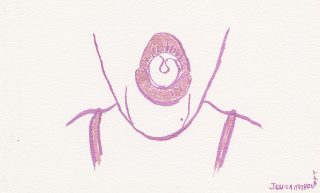
Rolling Tongue 2023
Ink Drawing on 300 gsm Arches Aquarelle Paper. Framed in Raw Tasmanian Oak timber frame
15 x 25 cm
$500 Framed
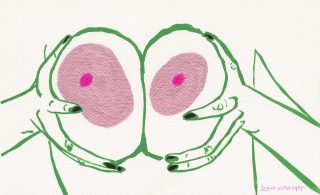 Sold
Sold
Squished Tits 2023
Ink Drawing on 300 gsm Arches Aquarelle Paper. Framed in Raw Tasmanian Oak timber frame
15 x 25 cm
$500 Sold
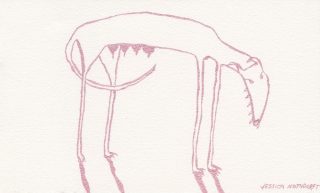
Preggos (ink) 2023
Ink Drawing on 300 gsm Arches Aquarelle Paper. Framed in Raw Tasmanian Oak timber frame
15 x 25 cm
$500 Framed
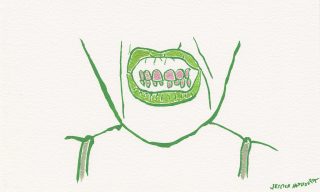
The Tension 2023
Ink Drawing on 300 gsm Arches Aquarelle Paper. Framed in Raw Tasmanian Oak timber frame
15 x 25 cm
$500 Framed
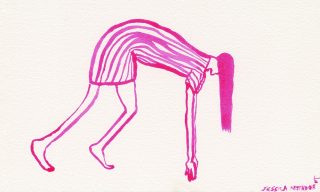
Wilted (ink) 2023
Ink Drawing on 300 gsm Arches Aquarelle Paper. Framed in Raw Tasmanian Oak timber frame
15 x 25 cm
$500 Framed
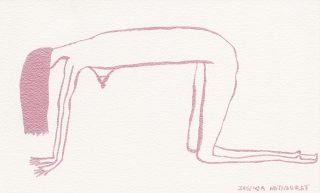
Crawl 2023
Ink Drawing on 300 gsm Arches Aquarelle Paper. Framed in Raw Tasmanian Oak timber frame
15 x 25 cm
$500 Framed
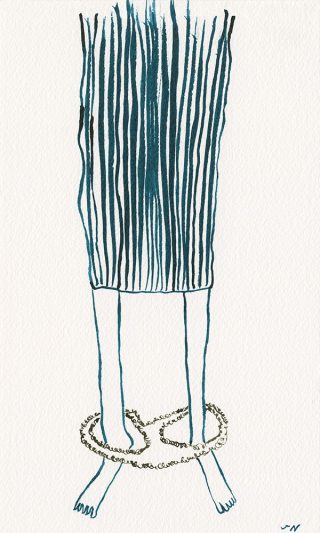 Sold
Sold
The Lacy Kind (ink) 2023
Ink Drawing on 300 gsm Arches Aquarelle Paper. Framed in Raw Tasmanian Oak timber frame
25 x 15 cm
$500 Sold
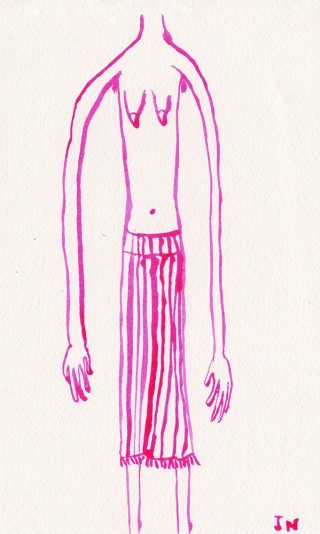
Topless Housewife 2023
Ink Drawing on 300 gsm Arches Aquarelle Paper. Framed in Raw Tasmanian Oak timber frame
25 x 15 cm
$500 Framed
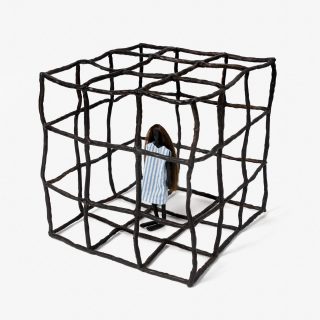
The Cage (Bronze) 2023
Bronze, hand sewn House dress, human hair wig
Cage: 32 x 32 x 32 cm, Figure: 6.5 x 21 x 5 cm
Contact gallery for enquires
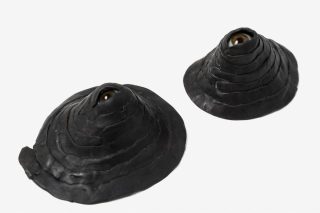
Dissociate with me (Bronze) 2023
Bronze and antique glass eyes
11 x 9.5 x 5 cm (each)
Contact gallery for enquires
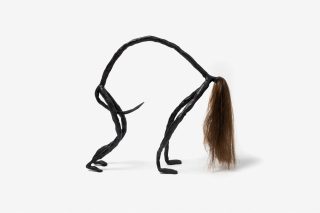
Crouching figure (Bronze) 2023
Bronze, human hair wig
23 x 25 x 6.5 cm
$2200
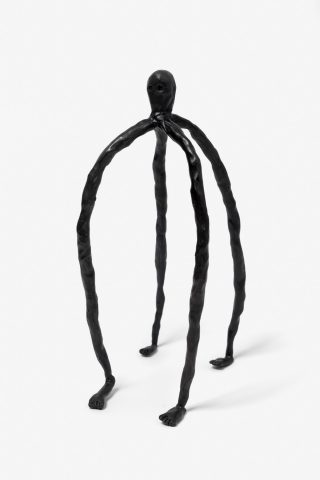
You have to learn to stand on your own four feet 2023
Bronze
10.5 x 25 x 14 cm
$2200
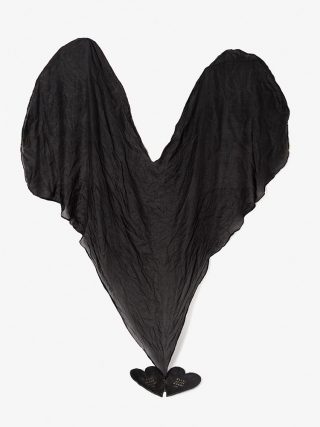
Black Heart Your Heart My Heart Artist Book 2023
Bronze, dyed natural silk
154 cm x 120 cm, Book closed: 16.5 x 18 x 3.5 cm, Book Open: 31 x 18 x 5.5 cm
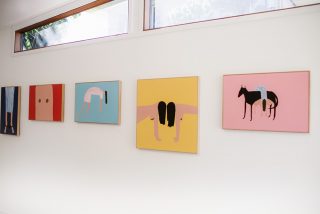
Installation view
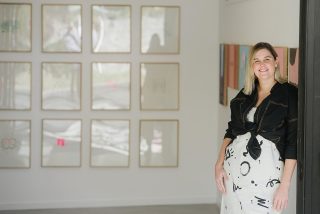
Installation view
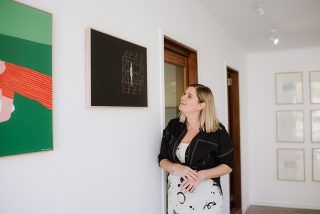
Installation view
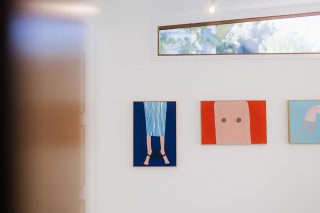
Installation view
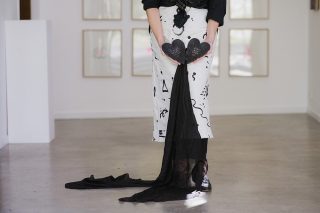
Installation view
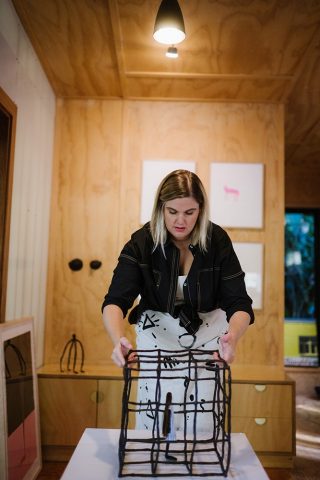
Installation view


